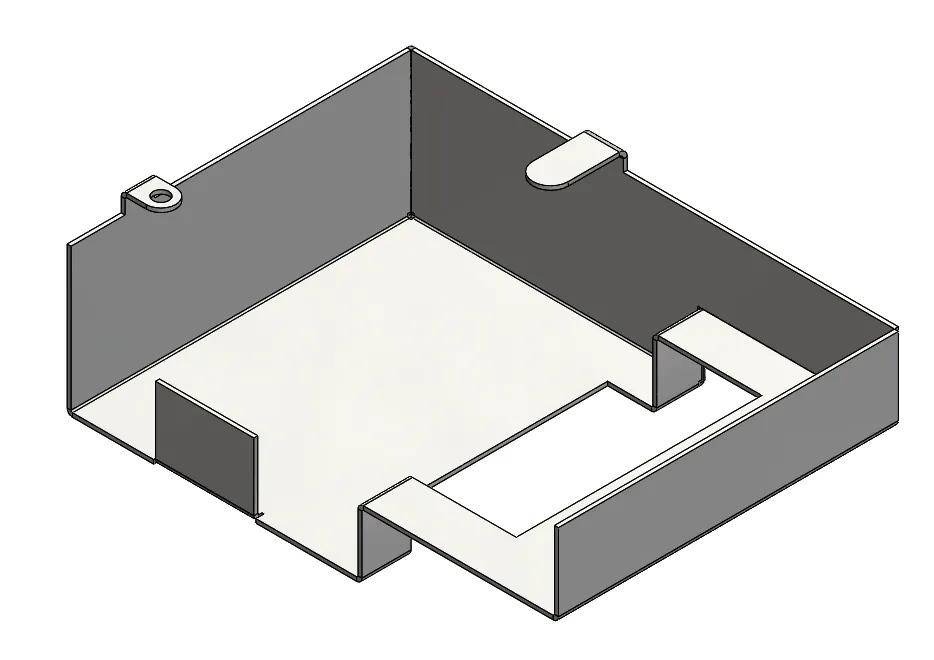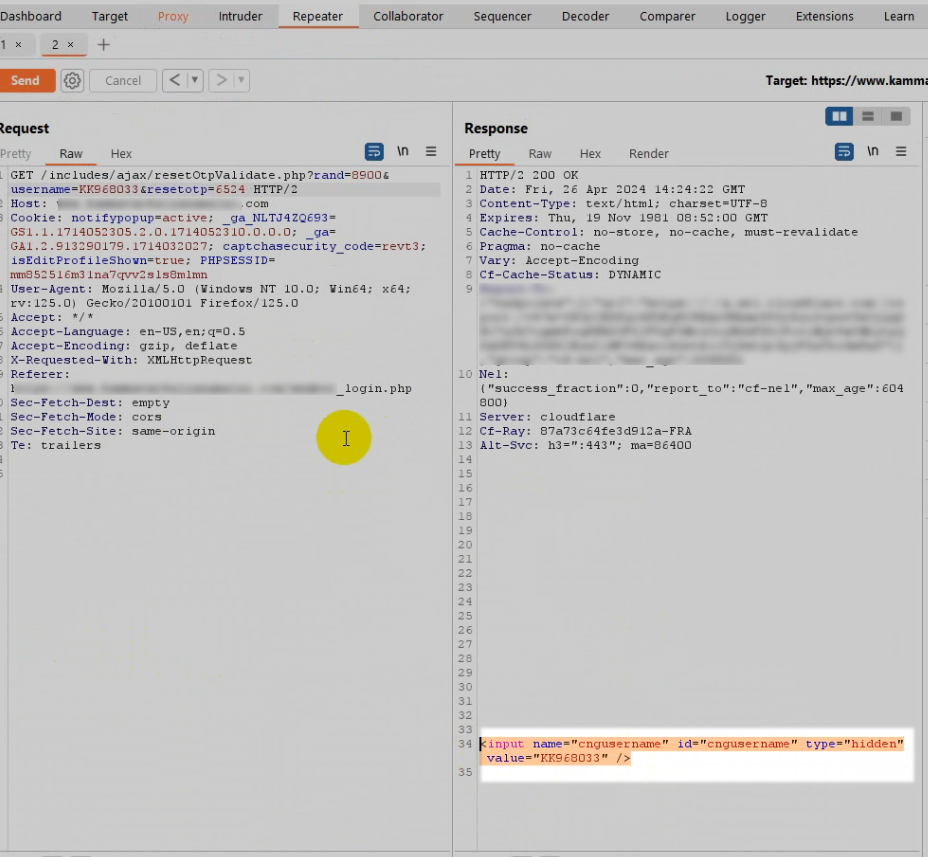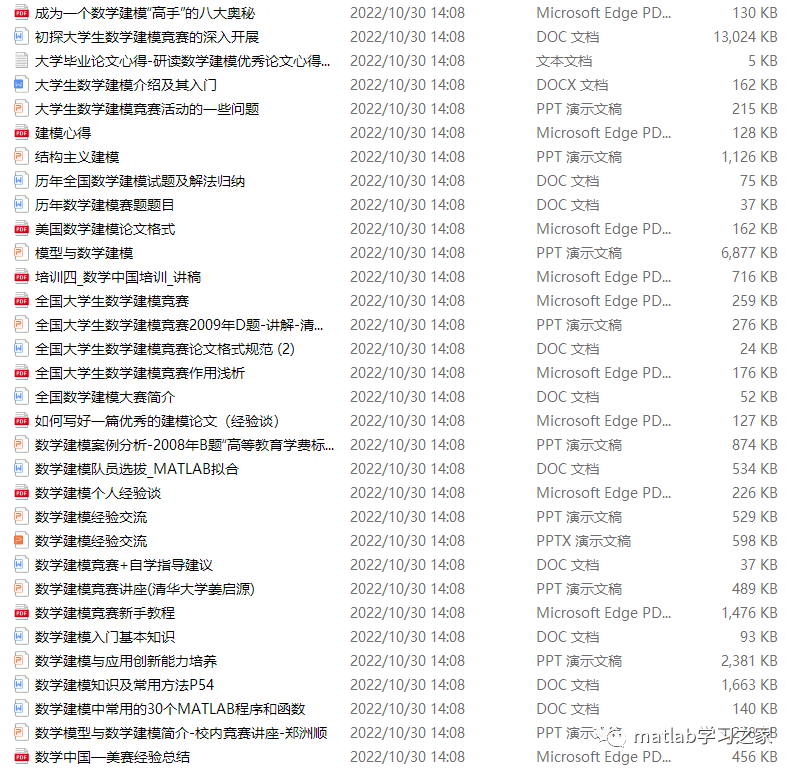显控一体机的应用,有很多场景会遇到自带显示屏固定不灵活、尺寸不够大等问题。扩展屏幕便是一个很好的解决方案!本文将带您解锁ZPC显控一体机的“多面精彩”。
ZPC简介
ZPC系列显控一体机 是广州致远电子全新研发的集“显示”+“控制”一体化的高性能显控终端产品。外框采用铝合金材质,简洁耐用;产品集成了多路隔离RS485、多路隔离CAN总线、多路千兆以太网等丰富外设。支持多种工业通信协议,工业互联超便捷!支持拖拽式开源AWTK GUI,版权无忧!支持AWFlow流图编程,应用开发很简单!还支持ZWS云,数据上云很轻松!更有HDMI输出4K@60fps显示,配合自带的10.1英寸高清屏可实现双屏异显,精彩不止一面!

背景说明
显控一体机的应用中,一般的场景下自带的显示屏即可满足。不过也有很多使用场景局限于自身屏幕固定不灵活、尺寸不够大等,得不到更好的使用。假如显控一体机也支持屏幕扩展,那这个问题将会迎刃而解。致远电子全新研发的ZPC显控一体机便具有该功能。
ZPC自身携带一块10.1英寸1280*800高分辨率屏幕,同时支持HDMI扩展输出4K@60fps画面,双屏同显、双屏异显都可以轻松拿捏。

双屏同显
插入HDMI外扩屏幕后,执行以下指令,将显示设置为双屏同显。双屏同显情况下两个显示屏会显示一样的内容,可以用于设备屏幕损坏临时调试,或需要外接显示器时使用。
xrandr --output HDMI-1 --auto --same-as LVDS-1双屏异显
插入HDMI外扩屏幕后,执行以下指令,将显示设置为双屏同显。双屏同显情况下两个显示屏会显示不同的内容,默认情况下,HDMI显示屏会位于ZPC自带屏幕的右边,此时触摸屏无法直接操作HDMI屏幕内容,需要外接鼠标进行操作。
xrandr --output HDMI-1 --auto --right-of LVDS-1双屏异显模式下支持右侧、左侧、上方、下方四种模式,设置方式分别如下:
/* 右侧异显 */
xrandr --output HDMI-1 --right-of LVDS-1 --auto
/* 左侧异显 */
xrandr --output HDMI-1 --left-of LVDS-1 --auto
/*上方异显 */
xrandr --output HDMI-1 --above LVDS-1 --auto
/* 下方异显 */
xrandr --output HDMI-1 --below LVDS-1 --auto配置修改
可以通过修改/vendor/scripts/setup-dual-display.sh,修改默认HDMI的规则来达成,修改DIFF_DIS的值即可。如果要修改异显模式,也可以按照下方示例修改。
#!/bin/bash export DISPLAY=:0
export XAUTHORITY=/home/zlg/.XauthorityDIFF_DIS=1 #为1是为双屏异显,为其他值时为双屏同显status=$(cat /sys/class/drm/card0-HDMI-A-1/status)
if [ "$status" == "disconnected" ];thenecho "HDMI disconnected"
elseHDMI_OUTPUT=$(xrandr | grep " connected " | grep "HDMI" | awk '{ print $1 }')if [ "${DIFF_DIS}" = "1" ];thenxrandr --output ${HDMI_OUTPUT} --auto --right-of LVDS-1 #如果需要修改异显模式,修改此处即可elsexrandr --output ${HDMI_OUTPUT} --same-as LVDS-1 --autofiecho "HDMI connected"
fixinput map-to-output ns2009_ts LVDS-1异显实例
在Debian系统下通常使用X11窗口框架进行编程,以下是一个异显(右侧)的示例,在ZPC主屏上显示绿色全屏窗口,在HDMI副屏上显示蓝色全屏窗口。代码如程序清单1所示。
其中,窗口管理需要借助wmctrl工作进行,需要在zpc一体机上安装wmctrl工具。
程序清单1 测试程序清单
[root@zpc:~]# apt update
[root@zpc:~]# apt install -y wmctrl
#include <X11/X.h>
#include <X11/Xlib.h>
#include <X11/extensions/Xrandr.h>
#include <stdio.h>
#include <stdlib.h>
#include <unistd.h>
// create_window: 创建窗口
Window create_window(Display *display, int screen, int x, int y, unsigned long background, int width, int height) {Window window;XSetWindowAttributes attributes;attributes.background_pixel = background;window = XCreateWindow(display, RootWindow(display, screen),x, y, width, height, 0,CopyFromParent, InputOutput, CopyFromParent,CWBackPixel, &attributes);XMapWindow(display, window);XFlush(display);return window;
}
// set_window_pos:设置窗口位置
void set_window_pos(Window window, int x, int y)
{char command[256];snprintf(command, 256, "wmctrl -i -r 0x%lx -e 0,%d,%d,-1,-1", (unsigned long) window, x, y);system(command);
}
// set_window_fullscreen:设置窗口为全屏模式
void set_window_fullscreen(Window window)
{char command[256];system(command);snprintf(command, 256, "wmctrl -ir 0x%lx -b add,fullscreen", (unsigned long) window);system(command);
}
int main() {Display *display;int screen;Window root;Window window1, window2;XRRScreenResources *res;XRROutputInfo *info;XRRCrtcInfo *crtc_info;int num_outputs;int screen_width, screen_height;// 获取X dispaydisplay = XOpenDisplay(NULL);if (display == NULL) {fprintf(stderr, "Unable to open X display\n");exit(1);}// 获取screen,注意这里两个显示器都位于同一screen下screen = DefaultScreen(display);// 获取根窗口,也就是桌面root = RootWindow(display, screen);// 获取屏幕资源个数,对应显示器个数res = XRRGetScreenResources(display, root);num_outputs = res->noutput;if (num_outputs < 2) {fprintf(stderr, "Less than 2 screens detected\n");XCloseDisplay(display);exit(1);}// 获取第一个显示器的CrtcInfoinfo = XRRGetOutputInfo(display, res, res->outputs[0]);crtc_info = XRRGetCrtcInfo(display, res, info->crtc);screen_width = crtc_info->width;screen_height = crtc_info->height;printf("first screen width = %d, screen height = %d\n", screen_width, screen_height);// 在第一个显示器上创建窗口,并显示绿色window1 = create_window(display, screen, 0, 0, 0x00ff00, screen_width, screen_height);// 获取第二个显示器的CrtcInfoinfo = XRRGetOutputInfo(display, res, res->outputs[1]);crtc_info = XRRGetCrtcInfo(display, res, info->crtc);screen_width = crtc_info->width;screen_height = crtc_info->height;printf("second screen width = %d, screen height = %d\n", screen_width, screen_height);// 在第二个显示器上创建窗口并显示蓝色// 但此时两个窗口会被窗口管理器叠加到主显示器window2 = create_window(display, screen, crtc_info->x, crtc_info->y, 0x0000ff, screen_width, screen_height);// 将第二个窗口定位到HDMI显示屏set_window_pos(window2, crtc_info->x, crtc_info->y);// 将两个窗口设置为全屏set_window_fullscreen(window1);set_window_fullscreen(window2);// 保持应用程序运行while (1) {sleep(1);}XCloseDisplay(display);return 0;
}将程序清单1保存为main.c,并在Ubuntu(主机或虚拟机)上安装对应库并进行编译。
host$ sudo apt install x11-xserver-utils:arm64 libx11-dev:arm64
host$ aarch64-linux-gnu-gcc -o dual_screen main.c -lX11 -lXrandr将编译出来的测试程序dual_screen拷贝到ZPC一体机上,并执行测试。测试结果如下图所示。




















